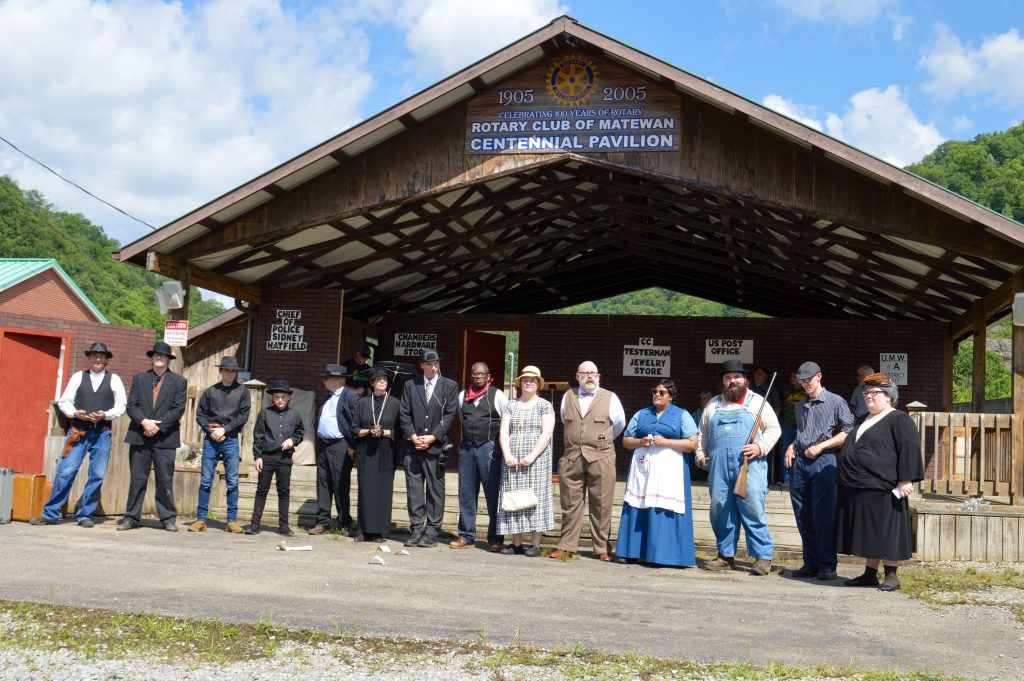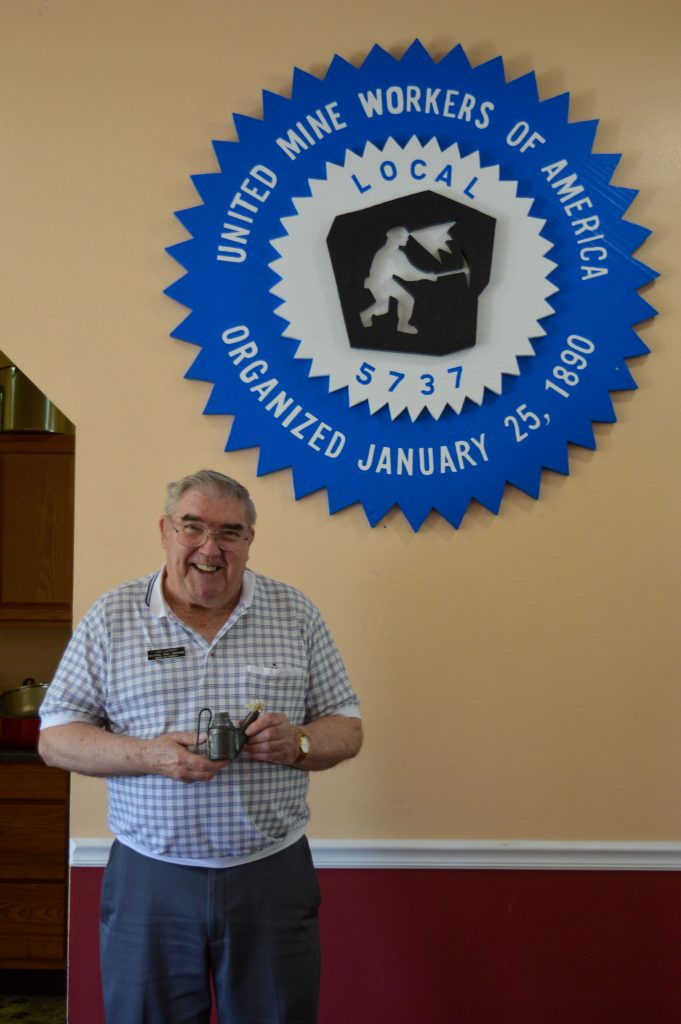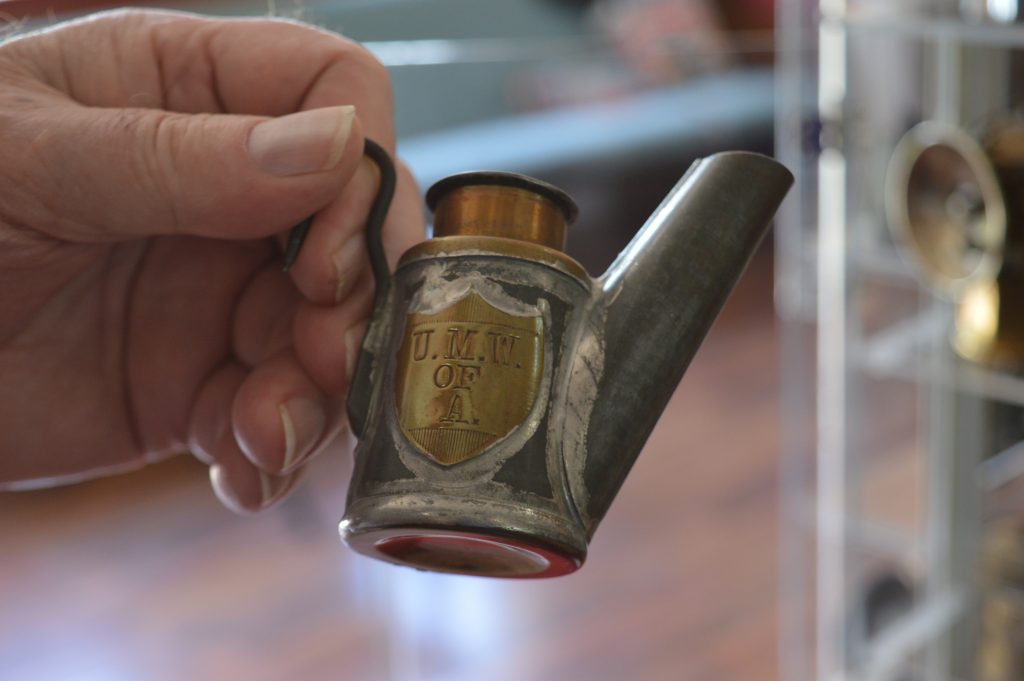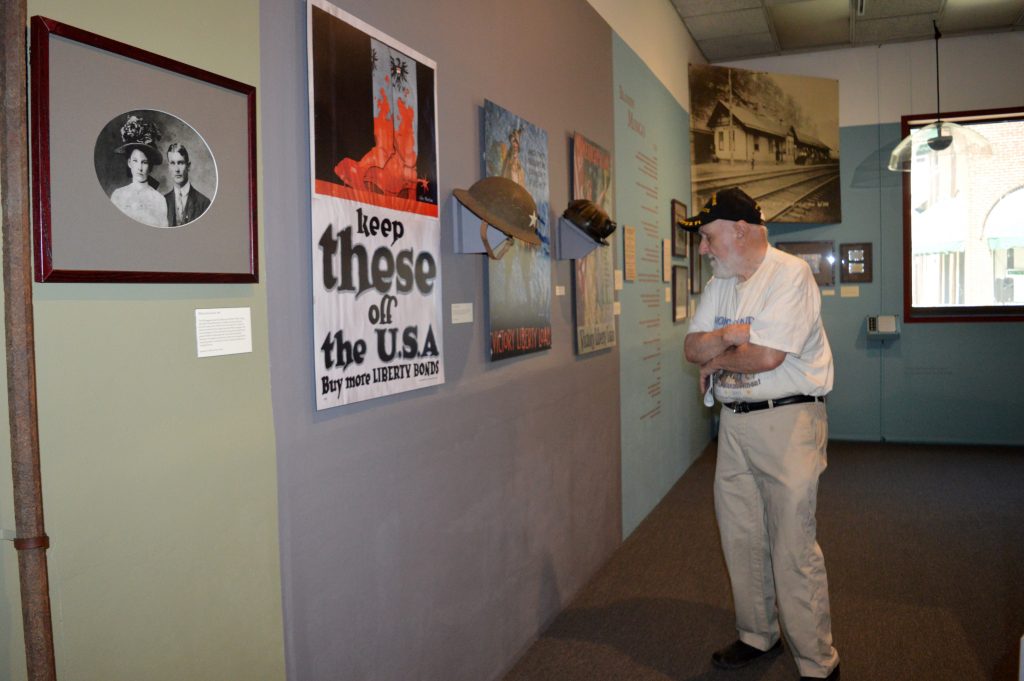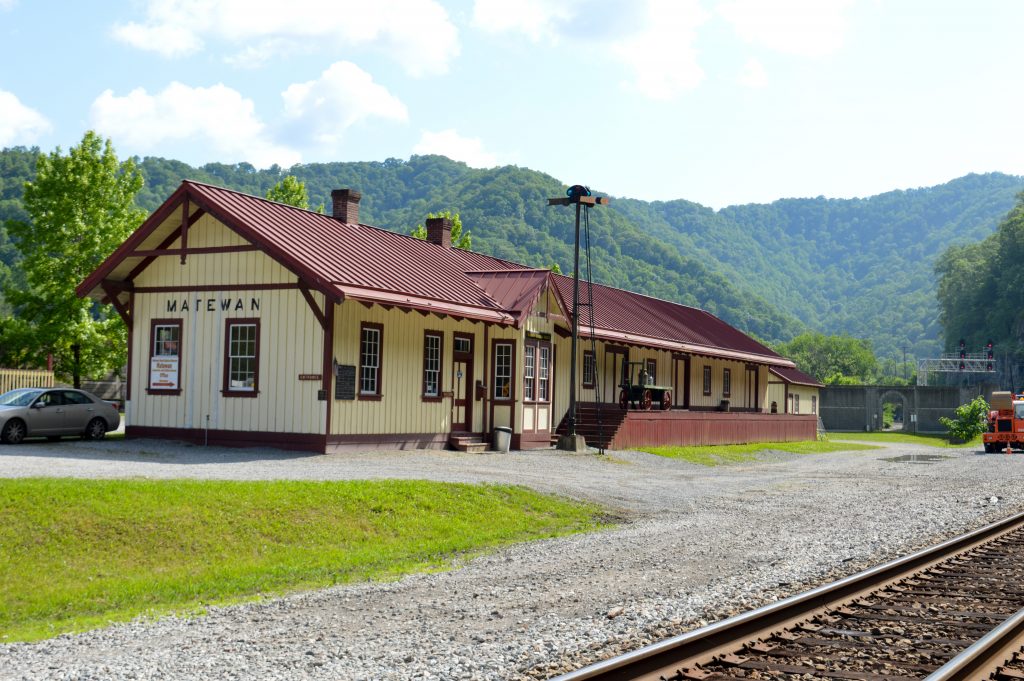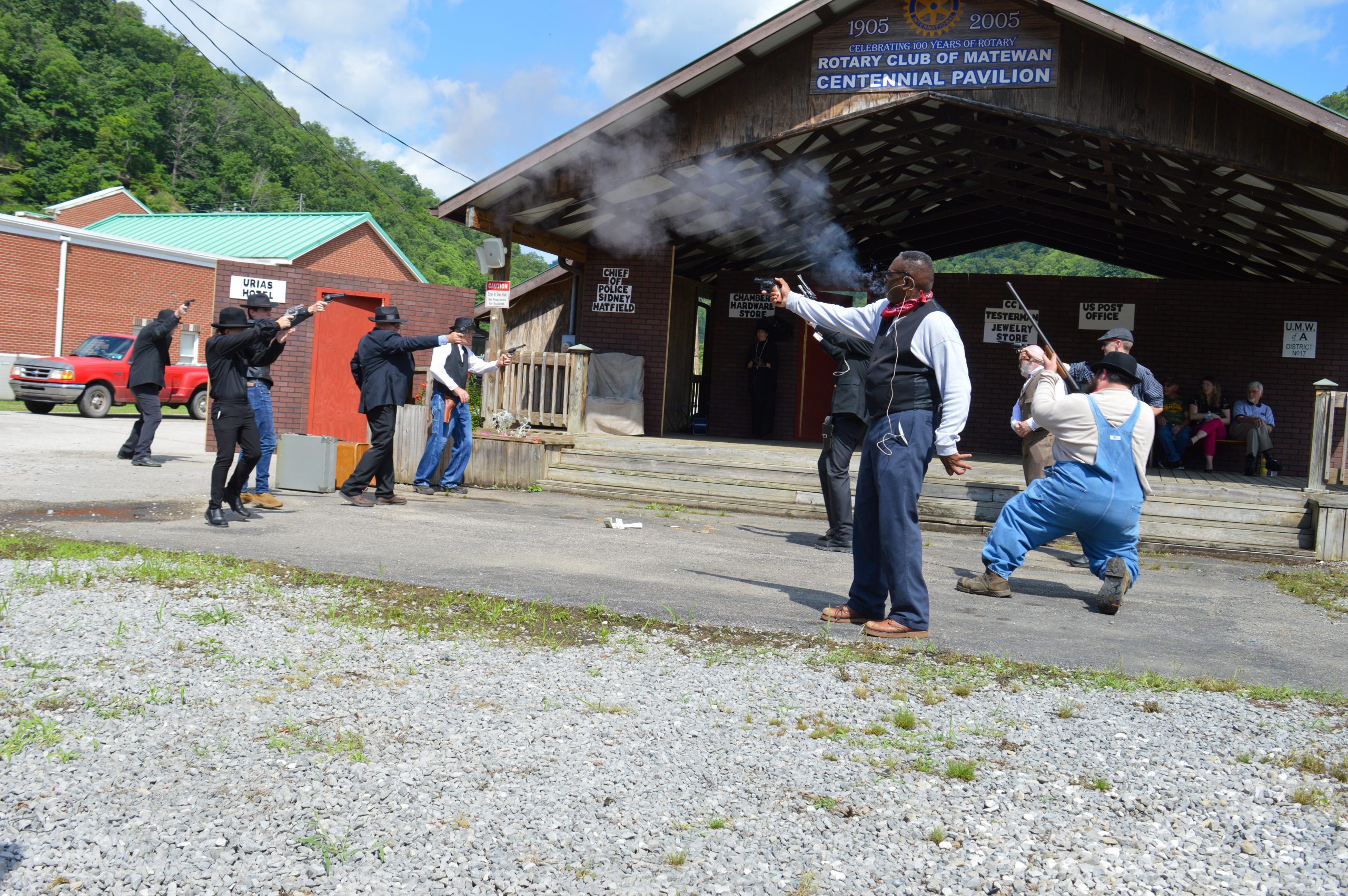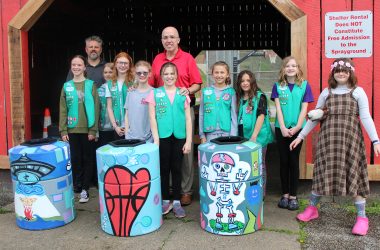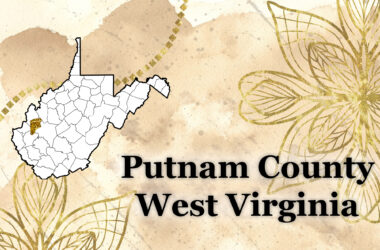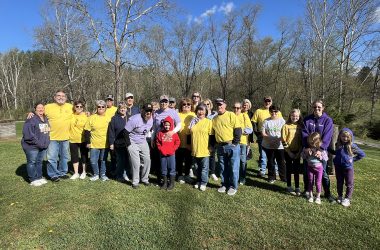Last Saturday, my father and I went to the Magnolia Festival in Mingo County to see the historical drama of the Matewan Massacre. When I was younger, my mother and I had watched the 1987 film Matewan, which was one of several movies which she considered West Virginia classics (the list also included October Sky, about the teenage years of NASA engineer Homer Hickam). Several years ago, I learned through Facebook that the town of Matewan puts on an annual reenactment of the battle. I thought that this event sounded interesting since I have long enjoyed attending early frontier life demonstrations and Civil War reenactments. Unfortunately, due to my mother’s limited ability to travel, we were unable to attend the event during her lifetime.
Although this year is technically the 101st anniversary of the Matewan Massacre, it marks the 20th annual performance of the reenactment. Due to COVID, the town was unable to hold the event last year. The reenactment is usually held around May 19, which was the date the shootout occurred, but this year the event was moved to June.
The Matewan Massacre reenactment was held on Saturday, June 12, as part of the town’s Magnolia Festival, which was a three-day event lasting all weekend. On Saturday morning, the newly renovated United Mine Workers of America building was dedicated in a special ceremony, followed by a pig roast. Other events held that day included a performance by the Lincoln County Cloggers as well as live music and fireworks.
While visiting the town of Matewan, we visited the West Virginia Mine Wars Museum located in the Cecil E. Roberts Building, which was formerly the Matewan National Bank. Besides educating the public about the Matewan Massacre, the museum documents the history of mining throughout the state, the conflicts between the workers and the coal companies, and the establishment of labor unions to protect the miners’ rights. We also toured the Matewan Depot Welcome Center and Museum, which is housed in a replica of the old railroad depot which once served the town. The museum has exhibits on the massacre, railroad history, and the infamous Hatfield McCoy Feud. Our final stop was at Wingo’s Grill, which is part of the Hatfield McCoy Inn Resort.
Life in early 20th Century coal towns was often harsh and unpleasant. Miners spent long hours working in the mines, an exhausting and often dangerous job, and were exploited by the big coal companies. Since the coal companies effectively owned the towns, they could evict the miners if they tried to join labor unions and fight for better working conditions. The companies employed the services of detective agencies, which essentially worked as hired thugs and mercenaries to harass the miners and prevent them from unionizing. On May 19, 1920, the conflict between coal miners and the Baldwin-Felts Detective Agency came to a head when a shootout broke out in the town.
Prior to the Battle of Matewan, agents with the Baldwin-Felts Detective Agency had been evicting families who had been living at the Stone Mountain Coal Camp, which was located on the outskirts of the town. After their business in the camp was over, the agents had planned to return to Bluefield, but they were stopped by Matewan Chief of Police Sid Hatfield. Hatfield was sympathetic to the miners’ plight, and supported their attempts to unionize. He presented the agents with arrest warrants from the Mingo County sheriff, which caused the detectives to present their own warrant for his arrest. The mayor of the town, Cabell Testerman, inspected the detectives’ arrest warrant and claimed it was fraudulent.
While this confrontation was going on, armed miners gathered on Main Street. A shootout broke out in front of the Chambers Hardware Store, resulting in the deaths of seven detectives, two miners, and the mayor. Many others were wounded in the shootout. No one knows who fired the first shot, or who killed the mayor. Some theorize that Sid Hatfield was having an affair with Mayor Testerman’s wife and was responsible for the mayor’s death. Two weeks after the massacre, Hatfield married Testerman’s widow.
In the aftermath of the Matewan Massacre, the state police took control of the town. Hatfield and his men cooperated with the state police, and the miners continued to organize, with the United Mine Workers of America labor union working on establishing a presence in the southern coalfields. The miners who had been involved in the shootout were acquitted of all charges.
Local history buffs need not wait until May of next year to take in the next Matewan Massacre, because a 21st massacre of the Baldwin-Felts thugs is scheduled for this October. Matewan is about a two-hour drive from Hurricane.
